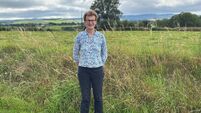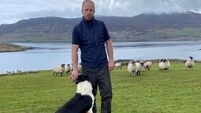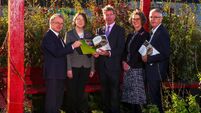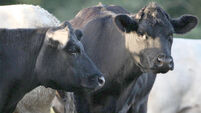Signpost: Developing a carbon farming framework in Ireland
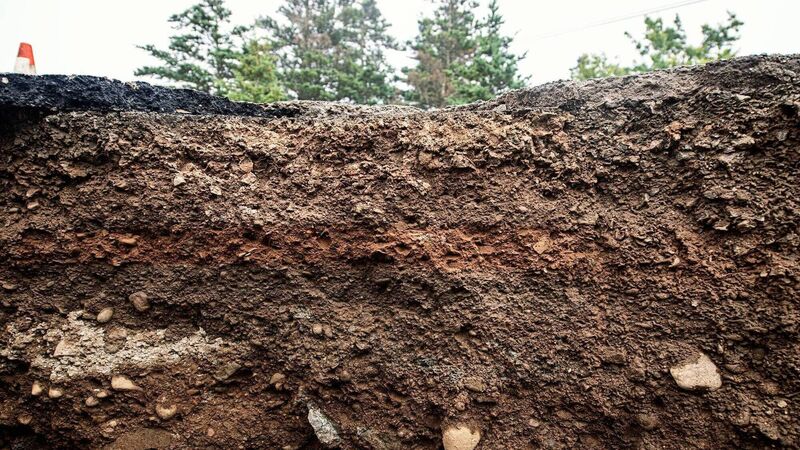
Carbon farming recognises the capacity of farmers through appropriate land-based activities to remove carbon from the atmosphere or reduce GHG emissions from the soil.
Irish agriculture is making steady progress on climate action. According to the Environmental Protection Agency, national greenhouse gas (GHG) emissions dropped by around 2% in 2024, with agriculture contributing significantly after a 4.9% fall in 2023.
These reductions were driven by declines in nitrogen fertiliser use and improved management practices – demonstrating that farmers are an important part of the solution to the climate change challenge.
Carbon farming has been under active discussion for over two years. It is a term that recognises the capacity of farmers, land managers and foresters, through appropriate land-based activities, to remove carbon from the atmosphere or reduce GHG emissions from the soil. Many of these practices are already familiar:
- Planting of hedgerows and trees
- Improving soil health, growing covers crops and using conservation tillage practices
- Restoring wetlands and peatlands
- Managing fertiliser use more efficiently.
The Department of Agriculture, Food and the Marine (DAFM) has now published draft principles for developing carbon farming in Ireland. These principles are intended to guide the design of a robust, verifiable and inclusive system for recognising and rewarding carbon farming activities.
They are aligned with six core principles from the EU Carbon Removal and Carbon Farming (CRCF) regulation and supplemented by three Irish-specific principles.
Importantly, the draft framework looks beyond carbon. It aims to deliver co-benefits for biodiversity and water quality, ensuring that actions are good for nature as well for the climate. Livestock emissions are currently excluded but may be considered in the future.
The draft framework proposes nine key principles to ensure integrity, transparency, and stakeholder engagement:
- Quantification: Emission reductions and carbon removals must be quantified with accurate scientific methodologies, including advanced methods where practical. Monitoring will be done through a combination of on-site measurement, modelling and remote sensing for above-ground carbon in hedgerows, trees, etc.
- Additionality: Actions must go beyond legal requirements. Only those activities that would not occur without the incentive effect for carbon farming will qualify.
- Liability & Longevity: The duration of carbon removal varies. Temporary removals, for example, soil carbon gains, may require renewal of activity and buffer mechanisms to manage reversal risks. Emission reductions are generally considered permanent.
- Sustainability: Activities must do no significant harm to biodiversity, soil health and ecosystems. Shifting of emissions from one location or source to another (Leakage) should be avoided.
- Third-Party Verification: Independent certification bodies will validate compliance with the framework, ensuring transparency and credibility.
- Public Registries: Carbon farming certificates will be recorded in a publicly accessible registry to prevent double-counting of credits and build trust among investors and farmers.
- Just Transition: The framework aims to be socially inclusive, ensuring fair access and benefit sharing for farmers, landowners and foresters.
- Integration of Existing Initiatives: Nationally, there is a strong foundation to build on, such as ACRES, Origin Green and the Signpost programme that could be leveraged to avoid duplication and accelerate adoption.
- Learning by Doing: Existing demonstration projects are proposed to test the framework, build farmer engagement and refine national systems before national rollout.
Questions remain on these principles, for instance:
- What approach should be used to establish the baseline?
- What level of monitoring is practical and affordable, while being scientifically robust?
- How can existing initiatives, such as the Signpost programmes, play a role in demonstrating and upscaling carbon farming?
These are issues that will be discussed at the “Developing A Carbon Farming Framework” workshop with DAFM at the Signpost / Climate Centre Conference – Farming for a Better Climate on November 11 at the Tullamore Court Hotel.
This is an opportunity to guide and input into the development of a framework that works for the Irish agricultural sector. You can register for the event here.
